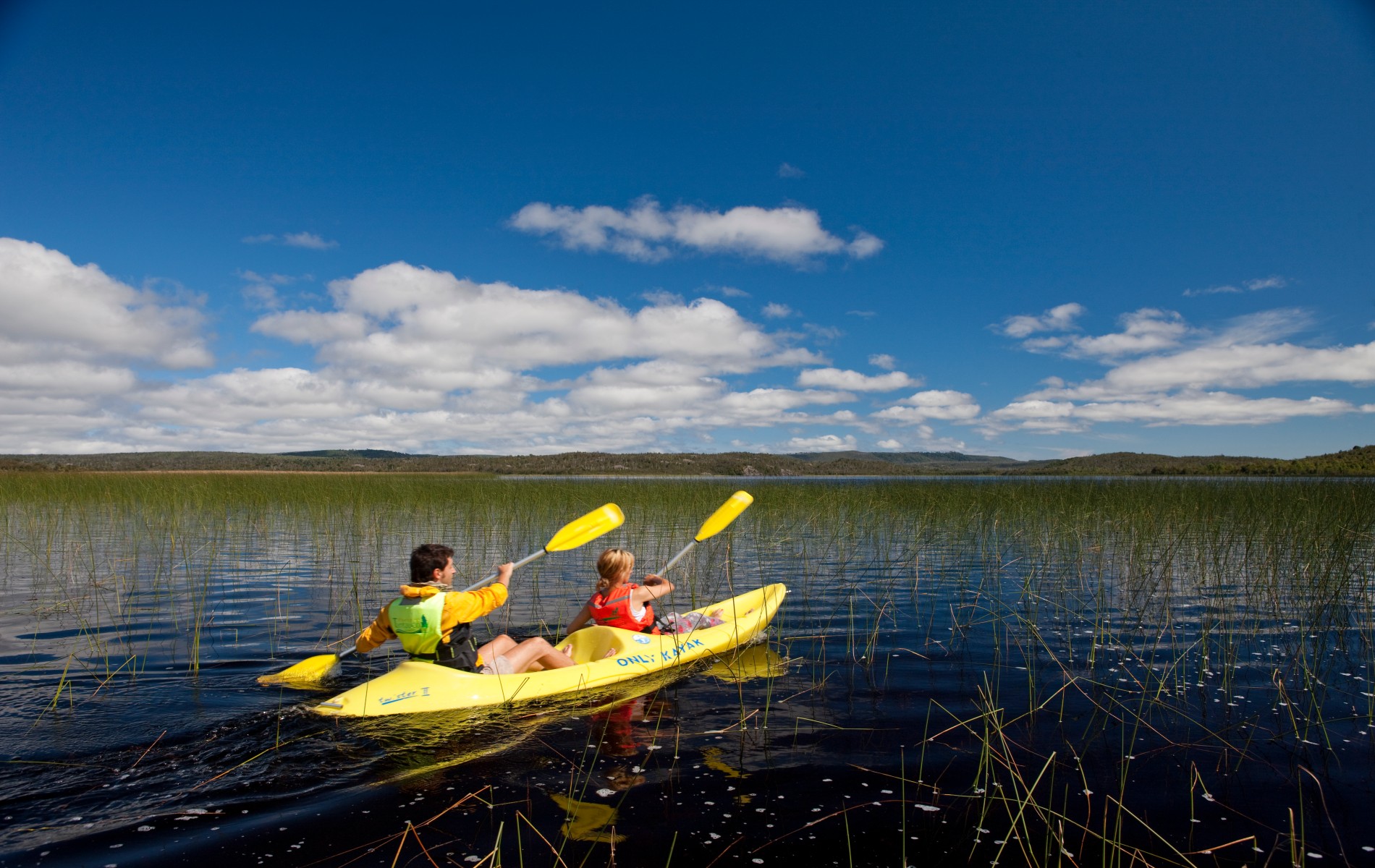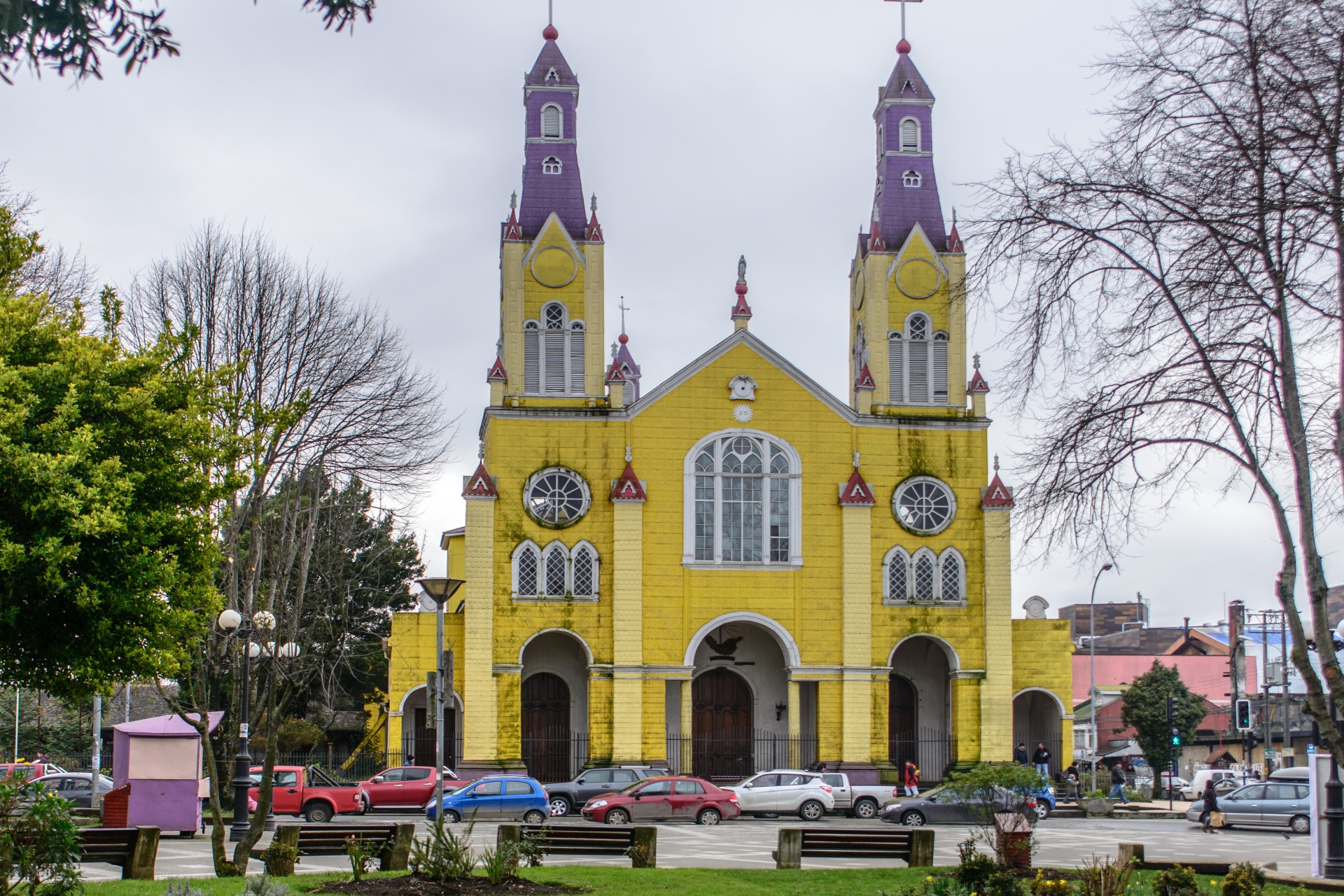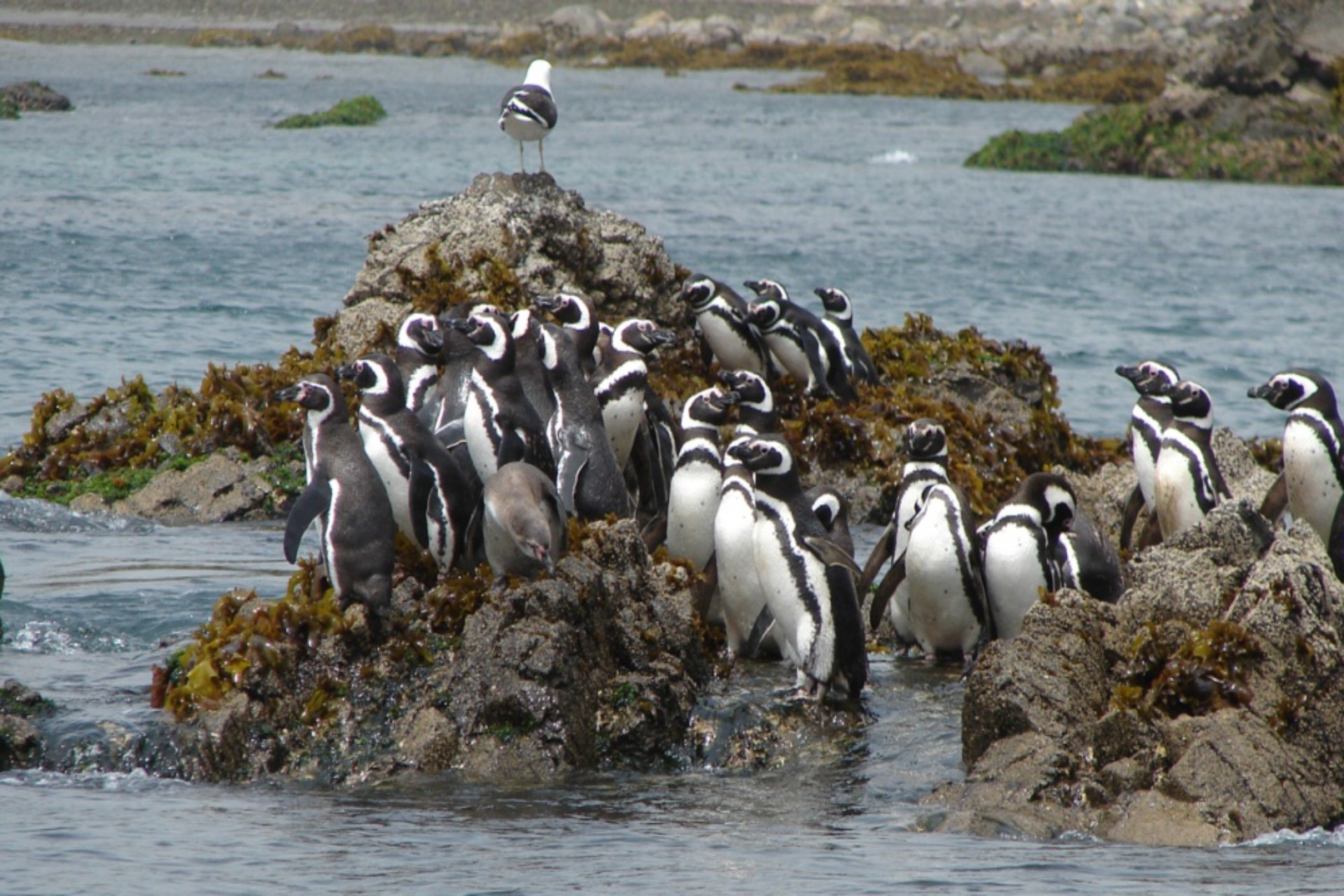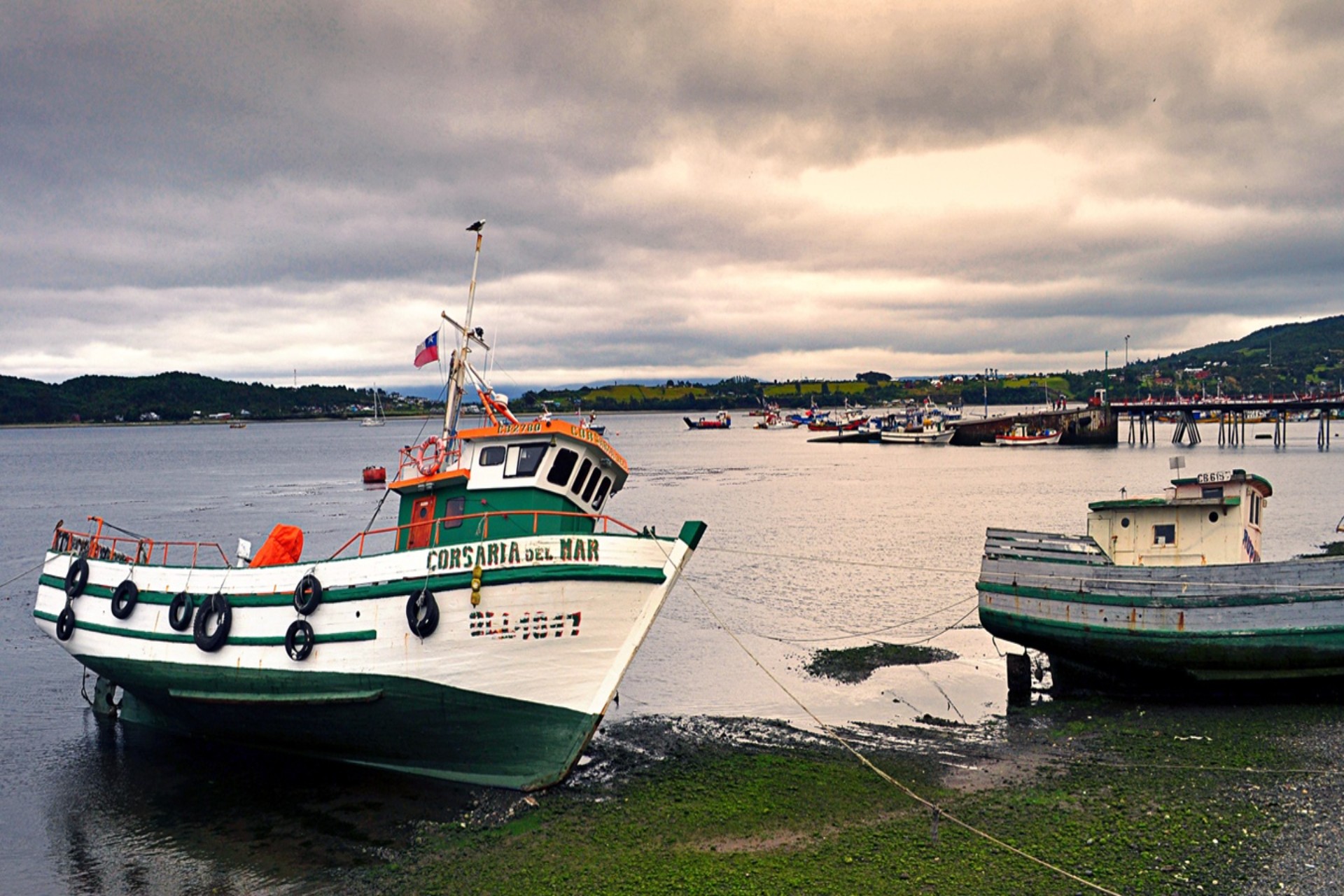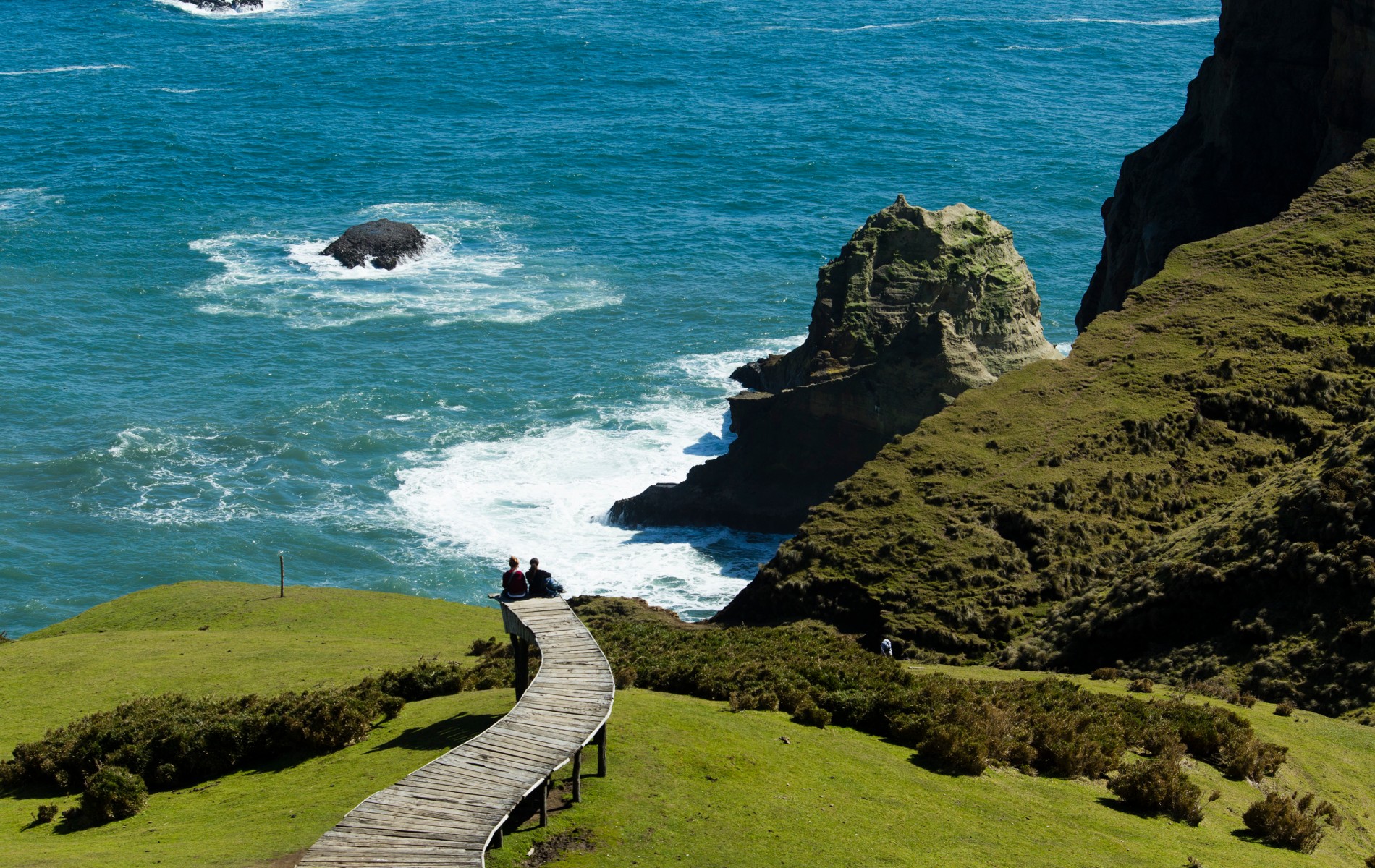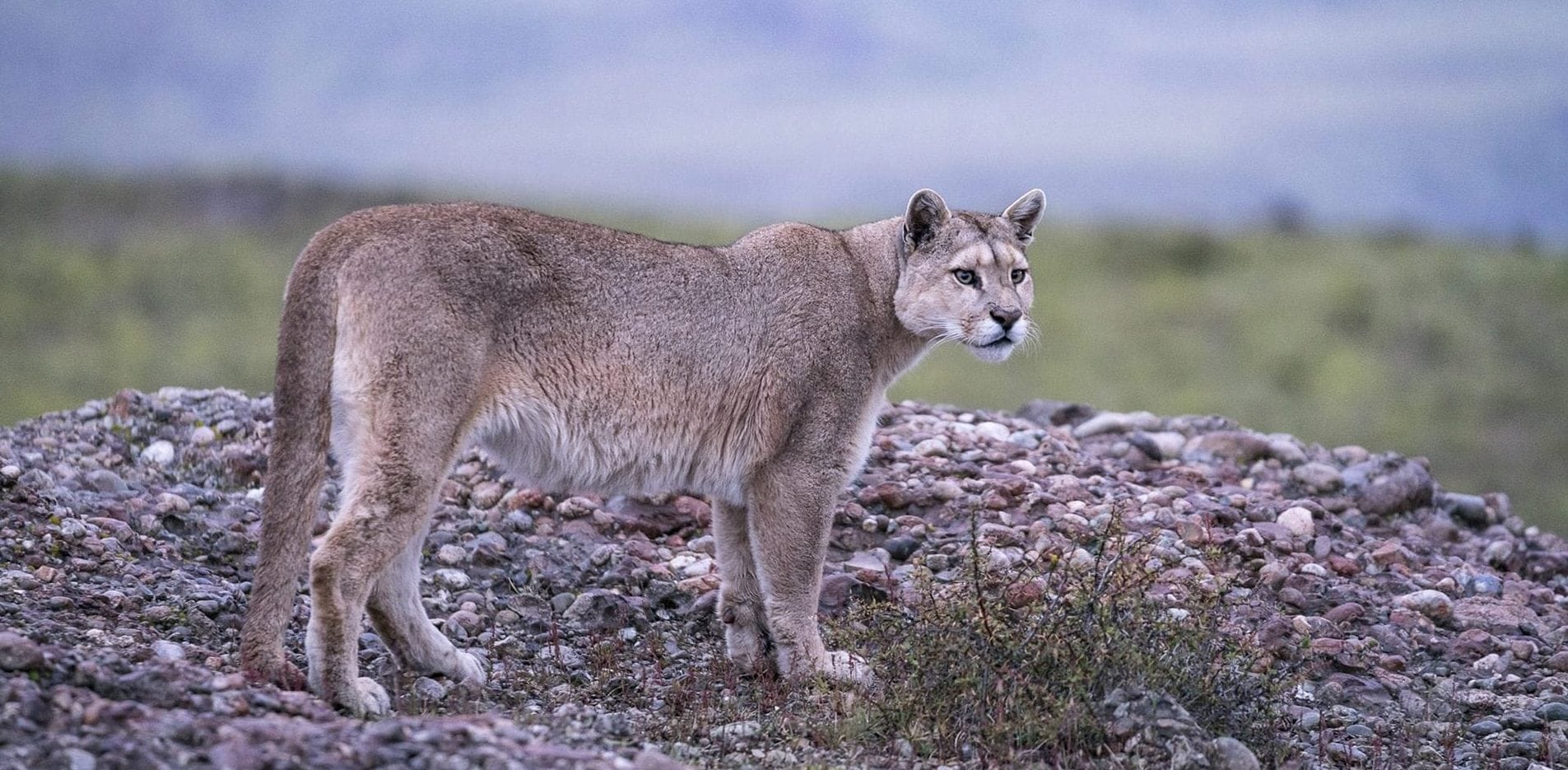Just off the coast of Chile’s verdant Lakes District can be found a magical place full of mystery and beauty: the archipelago of Chiloe. This chain of islands consists of the main island and many smaller ones scattered into the surrounding ocean. You can only access it from the mainland by boat, ferry, or plane, and its centuries of isolation has created a wholly unique culture and way of life.
Here there are legends about trolls and ghost ships and nearly 300 kinds of potatoes! Plus, the locals (known as Chilotes) are so friendly they’ll invite strangers in for tea. In addition to its unique culture, the natural environment is stunning. it’s a wonderful place for outdoor sports like hiking, kayaking, and bird-watching. Here are ten reasons to visit Chiloe during your Chilean adventure!
1. Kayaking at Chepu
With its many lakes, channels, and bays, Chiloe is prime territory for excellent kayaking, both for sport, to enjoy the landscape, and to look for local wildlife like birds and otters (known as “”chungungos”). But arguably the best place to go kayaking is at Chepu. This tidal river and wetlands area is located about an hour and a half from the island capital of Castro.
You can start by kayaking down the river to the open ocean where you’ll encounter the sunken forest, an eerily beautiful place of sunken trees poking out of the water. The area was formed when the 1960 earthquake – the biggest ever recorded – sunk the land and caused a tsunami. A great time to visit and go kayaking is in the early morning as the sun is rising. It’s the best time to look for animals and to enjoy this majestic place at its most peaceful.
2. Visiting the UNESCO Churches
One of Chiloe’s main claims to fame are its astonishing wooden churches. They built under the supervision of Jesuit priests who came to the archipelago in the 18th and 19th centuries. The churches were made with local wood and traditional methods, so no metal nails were used in the making. Everything was pieced together through ingenuity and wooden spikes. The results were a collection of steepled, brightly painted, and thoroughly impressive altars. It’s no surprise that 16 of them were declared UNESCO monuments in 2000. While all of them are a wonder to behold, the churches in Castro, Achao, Nercon, Dalcahue, Tenaun, and Chonchi are the most popular.
3. Seeing the palafitos
Poised along the waterfronts of Castro are some of the most iconic sites on Chiloe: the palafitos. These multi-colored wooden houses perch over the water on stilts. In the past fisherman would ride in and out with the tide from the porch of the house. The outsides are also covered in artfully stencil Chilote tiles made from the alerce tree. Palafitos used to be a much more common sight around the island, but many of the coastal ones were destroyed in the 1960 earthquake and tsunami. Most of the palafitos are still lived in by locals, but several in Castro have been converted into charming boutique hotels.
4. Visiting the penguins at Ancud
There are penguins on Chiloe? Yes, indeed! There are several nesting sites along the coast but the most famous one is located near Ancud. Here you can find colonies of Humboldt and Magellanic penguins. This nationally protected area, the Puñihuil National Monument, is also significant as it is the only known shared breeding site for both species of penguin. To see the penguins, you take a tour boat out to the three islands where the sites are located. Note that the waves can make the ride can a little bumpy at times but being able to see penguins in the wild is worth it.
5. Hiking through the island’s protected lands
Chiloe is blessed with a wide variety of landscapes, from dense forest to coastal cliffs to wetland. Many of these habitats are protected as national or privately owned parks. The most famous is Chiloe National Park on the Pacific Coast, which has amazing examples of the island’s temperate rainforests, great hiking paths, and amazing ocean views. At the far of the main island, Parque Tantauco is great for coastal hiking and keeping an eye out for migrating whales.
6. Trying a traditional curanto
This Chilote tradition is similar to a clambake (baked clams) but much larger, and possibly better! A large hole is dug in the ground and the bottom is covered with red-hot stones. Then, huge local nalca leaves are added and stuffed with mussels, chicken, sausage, potatoes (Chiloé is famous for its many species of potatoes), milcaos (a kind of potato pie) and other types of seafood. Another layer of leaves is added to lock in the heat and steam and the whole pile is left to cook for several hours. Open the leaves when they are ready for an authentic chilote feast with a delicious aroma and flavor!
7. Exploring Castro
The capital city of Castro is Chiloe’s cosmopolitan center and the place where most people stay during their explorations of the islands. Here you can find the stunning Church of San Francisco: a wedding-cake-like church covered with yellow and purple siding that towers over the Plaza de Armas. You can also see other examples of traditional Chilote architecture, like the palafitos. You’ll also be able to sample some of the island’s best culinary offerings. Rucalaf, Travesia, El Mercadito, and El Cazador: Casa de Comida are several of the best, offering fresh, delicious seafood and traditional Chilote recipes. Wander the streets, watch the tide go in and out of the channel, and soak up the local vibe!
8. Reaching the end of the Pan-American Highway in Quellón
Everyone knows the Pan-American Highway: that ribbon of asphalt running from the top of North America in Alaska all the way down to the end of South America. The route splits north of Santiago and the eastern prong takes the road all the way down to Ushuaia. But the Pacific-side route ends at the far end of the main island of Chiloe in the town of Quellón. Here, you can take your picture with the official marker. On clear days you can see volcanoes dotting the horizon on the mainland nearby.
9. Discovering beautiful handicrafts at artisan markets
Thanks to its physical separation from the mainland, the islands of Chiloe have developed their own unique culture. You can see it in their amazing artistic handicrafts made by local artisans. Some of the best examples to be found are the woolen goods. These cozy sweaters, hats, and ponchos made from the wool of the island’s many high-quality sheep. You can also find mugs for yerba mate (an herbal drink that is widely used throughout Patagonia), as well as wood-and-wool wall hangings and figurines of figures from Chilote mythology like the Caleuche ghost ship. The artisan markets at Dalcahue, Castro, Achao, and Ancud are some of the best places.
10. Visiting the Muelle de las Almas
While this spot is very popular with tourists and so can sometimes be a bit crowded, it’s well worth the trip and the wait. This wooden dock — an art installation by architect Marcelo Orellana — extends off the edge of an rounded hill overlooking the stormy Pacific coast of the island. The end of the dock seemingly disappears into the blue sky. The views are amazing and standing on the end of the dock with the sea in the background makes for a phenomenal photo-op.
